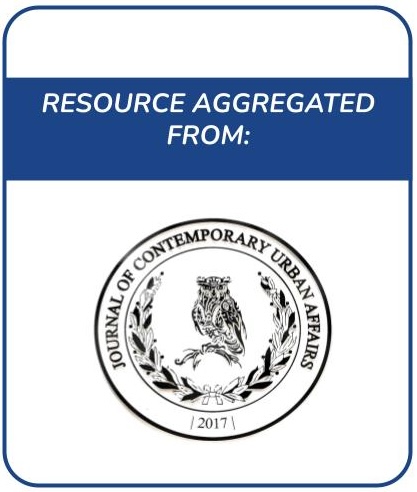Making Conventional Agriculture Environmentally Friendly: Moving beyond the Glorification of Organic Agriculture and the Demonization of Conventional Agriculture
The article reviews the most recent research surrounding the potential role of organic agriculture in providing food for the planet. It challenges the claims of organic agriculture’s environmental superiority compared to well-managed, conventional agriculture. The relative advantages of these contrasting approaches to farming in areas such as aggregate land requirements, biodiversity/habitat loss, water quality, land degradation and climate change are considered.










